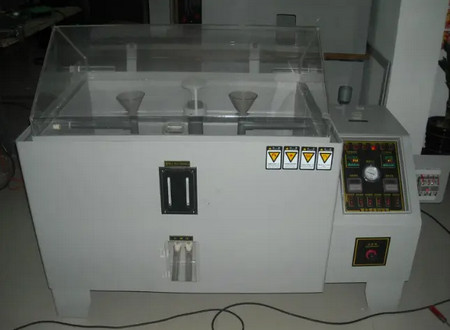- Qinsun Instruments Co., Ltd.
- Tell:+86-21-6780 0179
- Phone:+86-17740808215
- Address:No. 2578 Minhang District Gu Dai Road, Shanghai
- Contact:Mr. Li
- QQ:846490659
What is salt spray test as per ASTM B117?

The salt spray test, conducted according to ASTM B117, is a widely used corrosion testing method to evaluate the corrosion resistance of metallic materials and coatings. ASTM B117 is the standard test method for operating salt spray (fog) apparatus, which provides guidelines and procedures for performing the test.
During the salt spray test, a controlled environment is created in a chamber where a saline solution (typically a 5% sodium chloride solution) is atomized and sprayed as a fine mist onto the test specimens. The test specimens, which can be metallic materials or coatings, are exposed to this salt-laden environment for a specified duration.

The purpose of the test is to assess the resistance of the materials or coatings to corrosion caused by salt (chloride) exposure. The test duration typically ranges from a few hours to several hundred hours, depending on the specific requirements and the materials being tested.
The test chamber is designed to maintain a constant temperature and humidity level throughout the test. The salt spray exposure creates a corrosive environment that accelerates the corrosion process, simulating the effects of natural weathering or other corrosive conditions.
After the specified test period, the test specimens are examined for signs of corrosion, such as the formation of rust, blistering, or other types of coating degradation. The results are typically evaluated based on the appearance and extent of corrosion damage. The test is often used for quality control purposes, material selection, and comparing the corrosion resistance of different materials or coatings.
It's important to refer to the specific requirements outlined in the ASTM B117 standard for detailed instructions on test conditions, specimen preparation, evaluation criteria, and any additional considerations specific to your application or industry.





